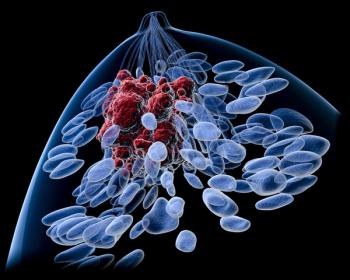
- ONCOLOGY Vol 22 No 6
- Volume 22
- Issue 6
Where a Woman Lives May Affect Her Breast Cancer Treatment
Women in the Northeast US are more likely to receive breast-conservation therapy, while those in the South are more often recommended for mastectomies for the treatment of invasive breast cancer, according to a study presented at the 9th Annual Meeting of the American Society of Breast Surgeons (ASBS), held April 30 to May 4 in New York.
Women in the Northeast US are more likely to receive breast-conservation therapy, while those in the South are more often recommended for mastectomies for the treatment of invasive breast cancer, according to a study presented at the 9th Annual Meeting of the American Society of Breast Surgeons (ASBS), held April 30 to May 4 in New York. The study examined data in the massive American College of Surgeons National Cancer Database Benchmark Reports broken down by US census regions. It found that where a woman lives is a significant predictor of her initial invasive breast cancer treatment protocol, independent of such factors as race, age, economic status, and stage at diagnosis.
According to the research, 69.9% of women with breast cancer that has spread beyond the breast ducts or lobules into surrounding breast tissue have only a portion of the breast that contains the tumor removed (lumpectomy), while the remainder are treated with total breast removal (mastectomy). In the Western states, 62.8% receive conservation therapy, whereas conservation rates in the Midwest are 60.7% and in the South are 57.7%.
Articles in this issue
over 17 years ago
Professionalism and Cancer Careover 17 years ago
Martin Abeloff and the Quality-of-Life Movementover 17 years ago
Tracking 35 Years of Progress Against Breast Cancerover 17 years ago
Remembering Martin D. Abeloff, MDover 17 years ago
Psychological and Social Aspects of Breast Cancerover 17 years ago
The Importance of Communication in Treating Women With Breast CancerNewsletter
Stay up to date on recent advances in the multidisciplinary approach to cancer.

















































































